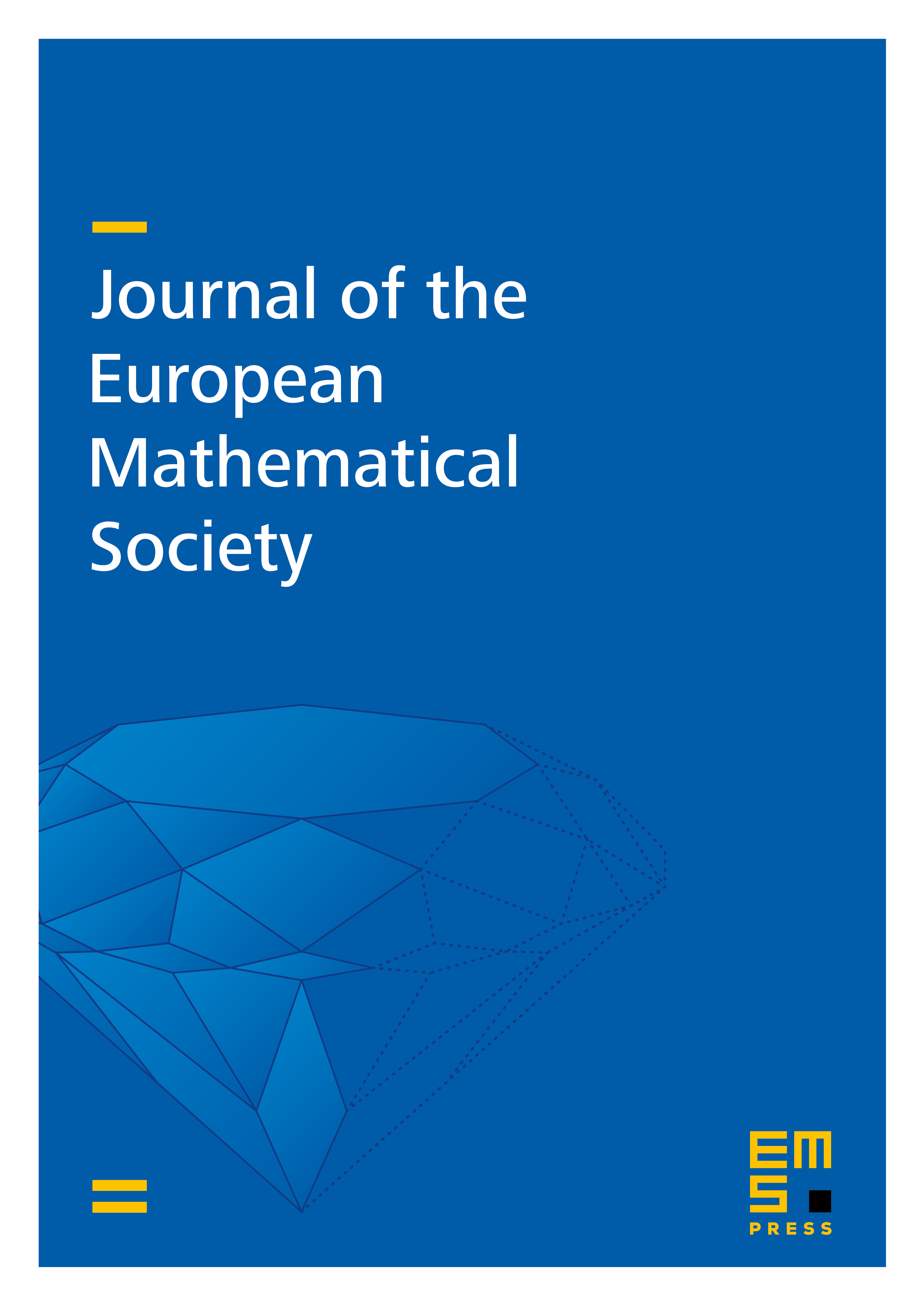On the nature of Hawking’s incompleteness for the Einstein-vacuum equations: The regime of moderately spatially anisotropic initial data
Igor Rodnianski
Princeton University, USAJared Speck
Vanderbilt University, Nashville, USA

Abstract
In the mathematical physics literature, there are heuristic arguments, going back three decades, suggesting that for an open set of initially smooth solutions to the Einstein-vacuum equations in high dimensions, stable, approximately monotonic curvature singularities can dynamically form along a spacelike hypersurface. In this article, we study the Cauchy problem and give a rigorous proof of this phenomenon in sufficiently high dimensions, thereby providing the first constructive proof of stable curvature-blowup (without symmetry assumptions) along a spacelike hypersurface as an effect of pure gravity. Our proof applies to an open subset of regular initial data satisfying the assumptions of Hawking’s celebrated “singularity” theorem, which shows that the solution is geodesically incomplete but does not reveal the nature of the incompleteness. Specifically, our main result is a proof of the dynamic stability of the Kasner curvature singularity for a subset of Kasner solutions whose metrics exhibit only moderately (as opposed to severely) spatially anisotropic behavior. Of independent interest is our method of proof, which is more robust than earlier approaches in that (i) it does not rely on approximate monotonicity identities and (ii) it accommodates the possibility that the solution develops very singular high-order spatial derivatives, whose blowup-rates are allowed to be, within the scope of our bootstrap argument, much worse than those of the base-level quantities driving the fundamental blowup. For these reasons, our approach could be used to obtain similar blowup-results for various Einstein-matter systems in any number of spatial dimensions for solutions corresponding to an open set of moderately spatially anisotropic initial data, thus going beyond the nearly spatially isotropic regime treated in earlier works.
Cite this article
Igor Rodnianski, Jared Speck, On the nature of Hawking’s incompleteness for the Einstein-vacuum equations: The regime of moderately spatially anisotropic initial data. J. Eur. Math. Soc. 24 (2022), no. 1, pp. 167–263
DOI 10.4171/JEMS/1092